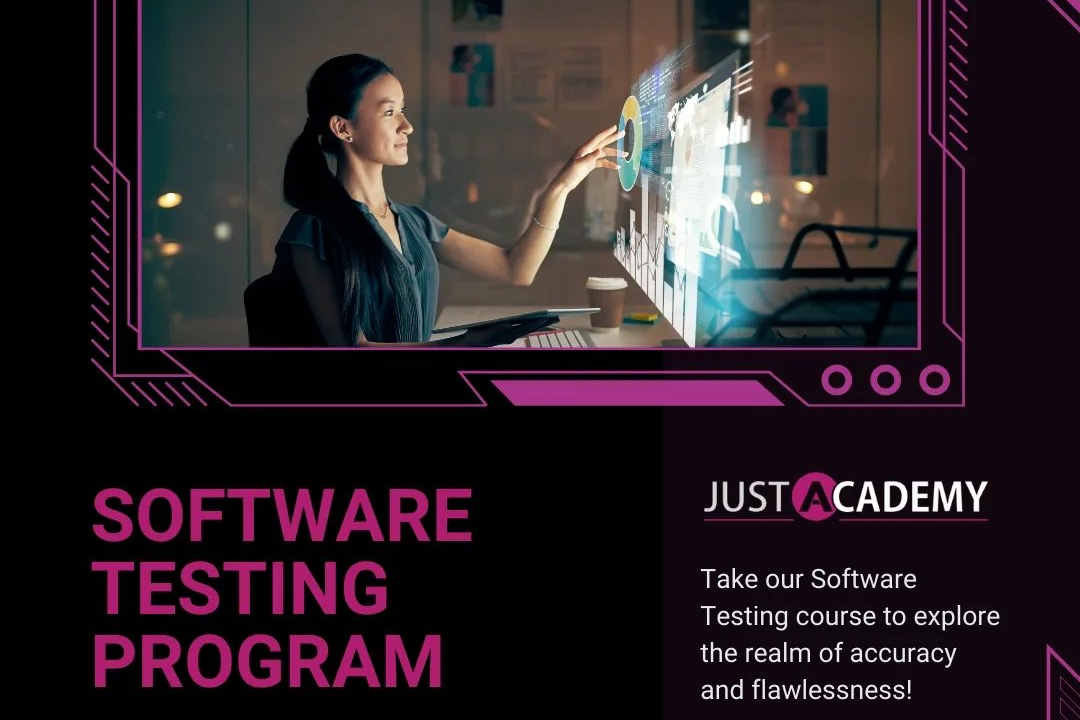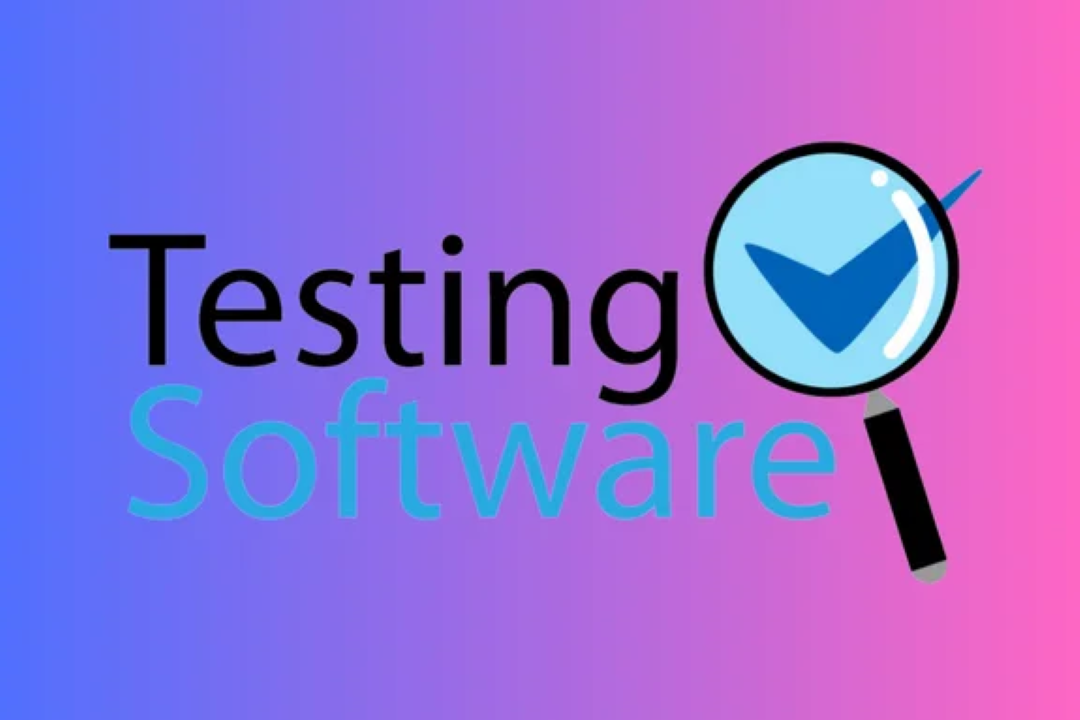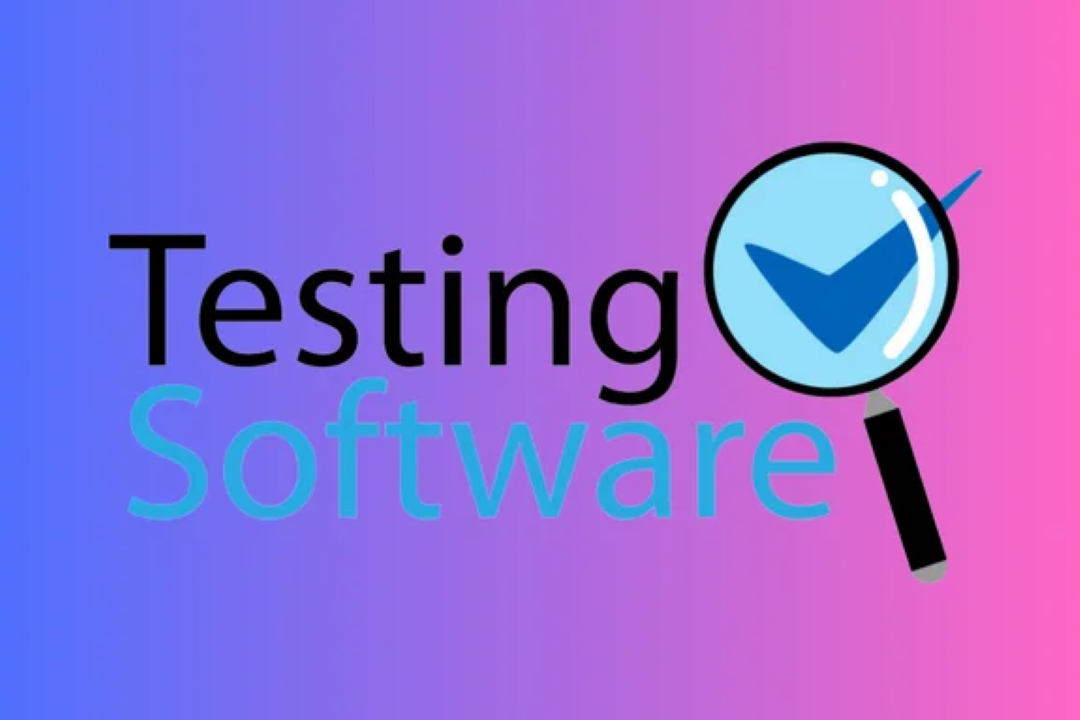Manual Testing Learning Steps
Manual testing involves a structured approach to evaluating software applications without the use of
Manual Testing Learning Steps
Learning manual testing is essential as it provides a foundational understanding of software quality assurance. The process begins with grasping the software development lifecycle and the importance of testing. Individuals then delve into various testing methodologies and techniques, such as functional and regression testing, which enable them to identify defects early in the development process. Crafting test cases and executing test plans hones attention to detail and analytical skills, making it easier to ensure that applications meet user requirements and are free of critical errors. Ultimately, mastering manual testing not only fosters a comprehensive skill set for software quality but also prepares professionals for potential advancements into automated testing and other areas of the development process.
To Download Our Brochure: https://www.justacademy.co/download-brochure-for-free
Message us for more information: +91 9987184296
Learning manual testing is essential as it provides a foundational understanding of software quality assurance. The process begins with grasping the software development lifecycle and the importance of testing. Individuals then delve into various testing methodologies and techniques, such as functional and regression testing, which enable them to identify defects early in the development process. Crafting test cases and executing test plans hones attention to detail and analytical skills, making it easier to ensure that applications meet user requirements and are free of critical errors. Ultimately, mastering manual testing not only fosters a comprehensive skill set for software quality but also prepares professionals for potential advancements into automated testing and other areas of the development process.
Course Overview
The “Manual Testing Learning Steps” course offers a comprehensive introduction to the principles and practices of manual software testing. Participants will explore the software development lifecycle, understanding the critical role of testing at each stage. The curriculum covers various testing methodologies, including functional, regression, and user acceptance testing, along with practical skills in creating test cases, executing test plans, and identifying defects. Through real-time projects, learners will gain hands-on experience, enhancing their analytical and problem-solving abilities. This course is designed to equip participants with the essential knowledge and skills to ensure software quality and prepare them for further advancements in the field of software testing.
Course Description
The “Manual Testing Learning Steps” course is designed to provide a thorough understanding of manual software testing principles and techniques. Participants will learn about the software development lifecycle and the pivotal role of testing within it. The course covers essential topics such as test case creation, test plan execution, and defect identification, along with hands-on experience through real-time projects. By the end of this course, learners will be equipped with the foundational skills and knowledge necessary to ensure software quality and effectively contribute to quality assurance teams in their careers.
Key Features
1 - Comprehensive Tool Coverage: Provides hands-on training with a range of industry-standard testing tools, including Selenium, JIRA, LoadRunner, and TestRail.
2) Practical Exercises: Features real-world exercises and case studies to apply tools in various testing scenarios.
3) Interactive Learning: Includes interactive sessions with industry experts for personalized feedback and guidance.
4) Detailed Tutorials: Offers extensive tutorials and documentation on tool functionalities and best practices.
5) Advanced Techniques: Covers both fundamental and advanced techniques for using testing tools effectively.
6) Data Visualization: Integrates tools for visualizing test metrics and results, enhancing data interpretation and decision-making.
7) Tool Integration: Teaches how to integrate testing tools into the software development lifecycle for streamlined workflows.
8) Project-Based Learning: Focuses on project-based learning to build practical skills and create a portfolio of completed tasks.
9) Career Support: Provides resources and support for applying learned skills to real-world job scenarios, including resume building and interview preparation.
10) Up-to-Date Content: Ensures that course materials reflect the latest industry standards and tool updates.
Benefits of taking our course
Functional Tools
1 - Test Management Tools
Test management tools are essential for organizing, planning, and tracking test cases throughout the testing process. Tools such as TestRail and Zephyr allow testers to create test plans, execute test cases, and document test results efficiently. With features like real time reporting and analytics, these tools enable teams to monitor progress and identify bottlenecks quickly. By using test management tools, students can streamline their testing efforts, ensuring comprehensive coverage and traceability, which is vital for successful project delivery.
2) Bug Tracking Tools
Bug tracking tools, such as Jira and Bugzilla, play a crucial role in software testing by facilitating the identification, reporting, and resolution of bugs. These tools allow testers to log defects, assign them to developers, and track their status through to resolution. Students will learn how to prioritize issues, provide detailed descriptions, and include reproduction steps, which helps developers understand the problem better. Mastering bug tracking tools is essential for ensuring effective communication and collaboration between QA and development teams.
3) Automation Testing Tools
While the focus of this course is on manual testing, familiarity with automation testing tools like Selenium may be introduced. Understanding the basics of these tools helps students recognize where manual and automated testing intersect. Even manual testers may need to collaborate with automation teams, so having a foundational knowledge of how automated tests are created and executed can enhance their contribution to the overall testing effort.
4) Performance Testing Tools
Performance testing tools, such as JMeter and LoadRunner, are integral in evaluating how an application behaves under stress or heavy loads. Learning to use these tools allows students to understand response times, stability, and scalability metrics. Even in a manual testing context, knowledge of performance testing is valuable because it helps testers identify potential bottlenecks and prepare applications for real world usage conditions.
5) SQL for Database Testing
Understanding SQL (Structured Query Language) is critical for manual testers who need to verify data integrity and validate backend processes. Students will learn how to write SQL queries to retrieve, modify, and validate data stored in databases. By using SQL, testers can perform manual checks on the application’s data layer, ensuring that it aligns with the expected results following user actions. This knowledge enhances their testing capabilities, allowing them to cover more test scenarios and ensure comprehensive application quality.
6) Collaboration and Communication Tools
Tools like Slack, Microsoft Teams, and Confluence serve as important platforms for communication and documentation within testing teams. Students will learn how to use these tools to facilitate discussions, share test results, and document processes in real time. Effective communication directly influences the success of the testing process; therefore, gaining proficiency in these tools enables testers to work seamlessly with other departments, share insights immediately, and respond effectively to any issues raised during testing.
7) Test Case Design Techniques
Learning various test case design techniques is essential for manual testing. Techniques such as boundary value analysis, equivalence partitioning, and exploratory testing enable students to devise effective test cases that cover a wide range of scenarios. Understanding these methods helps testers think critically and creatively about test coverage and ensures they can identify edge cases that might otherwise go unnoticed in a project.
8) User Acceptance Testing (UAT)
User Acceptance Testing is the final phase of testing where actual users validate the software's functionality against their requirements. Students will explore the importance of UAT, how to prepare for it, and the types of feedback typically gathered during this phase. Learning best practices for conducting UAT, including facilitating user sessions and capturing real world feedback, equips students with valuable skills for ensuring that the software meets user expectations before it goes live.
9) Testing in Agile Environments
Understanding Agile methodologies is crucial in today’s fast paced development world. This course will delve into the specific roles, ceremonies, and artifacts involved in Agile testing. Students will learn how testing fits into the Agile lifecycle, including participation in sprint planning, daily stand ups, and retrospectives. Emphasizing continuous integration and testing will help students comprehend how to adapt their manual testing strategies to be more aligned with Agile practices.
10) Test Documentation and Reporting
Effective documentation and reporting are critical aspects of manual testing. Students will learn how to create clear and comprehensive test plans, test case documentation, and detailed test reports. They will understand the importance of traceability matrices to ensure that all requirements are tested and how effective reports can communicate results to stakeholders and inform decision making. Good documentation practices not only streamline testing processes but also contribute to knowledge sharing within teams.
11 - Risk Based Testing
Risk Based Testing focuses on identifying and prioritizing testing efforts based on the potential risk of software failure. Students will learn how to assess risks associated with various application components and allocate testing resources accordingly. This approach helps ensure that the most critical areas of the application receive thorough testing, allowing teams to mitigate high impact risks effectively.
12) Cross Browser and Mobile Testing
With the diversity of devices and browsers in the market, understanding cross browser and mobile testing is increasingly important. Students will gain insights into the challenges involved in testing applications across different platforms. They will learn strategies to ensure functionality, usability, and aesthetics across various web browsers and mobile devices. Furthermore, students will familiarize themselves with tools and techniques that facilitate cross browser testing.
13) Test Environment Setup
Setting up the right test environment is essential for effective manual testing. This module will cover best practices for creating and maintaining testing environments, ensuring that they mirror production settings as closely as possible. Students will learn about environment configurations, data management, and the importance of setting up test environments that allow for accurate test execution and reliable results.
14) Ethical and Security Testing Practices
Understanding ethical considerations and security testing principles is becoming increasingly vital in QA. Students will explore how to identify security vulnerabilities in applications and implement ethical testing practices. They will also learn about basic security testing techniques, including input validation, authentication, and session management testing, to help protect applications from malicious attacks.
15) Continuous Learning and Improvement
The field of software testing is constantly evolving, and embracing a mindset of continuous learning is crucial for success in this domain. Students will explore resources, communities, and methodologies for staying current with industry trends and advancements. Encouraging an attitude of curiosity and participation in professional development will prepare students for ongoing growth in their testing careers.
These additional points will enhance the manual testing course offerings at JustAcademy, providing prospective students with a comprehensive understanding of essential manual testing practices and methodologies.
Browse our course links : https://www.justacademy.co/all-courses
To Join our FREE DEMO Session:
This information is sourced from JustAcademy
Contact Info:
Roshan Chaturvedi
Message us on Whatsapp: +91 9987184296
Email id: info@justacademy.co









